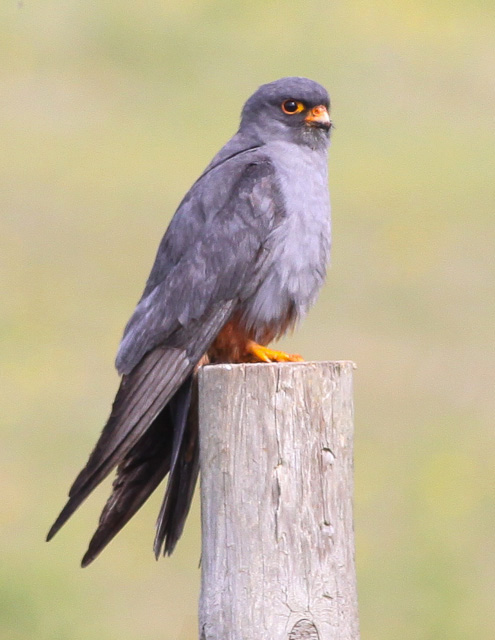Facts About Red-footed falcon
The red-footed falcon, previously known as the western red-footed falcon, is a striking bird of prey from the Falconidae family. Predominantly found in Eastern Europe and Asia, this species faces significant threats such as habitat loss and hunting, leading to a precipitous decline in its population. During the winter, these migratory birds journey to Africa, and occasionally, a few may be sighted in Western Europe and North America.
Taxonomically, the red-footed falcon is closely related to the Amur falcon and shares some physical traits with kestrels and hobbies. Its genus name, *Falco*, is derived from the Latin word for "sickle" alluding to its curved claws. The species name, *vespertinus*, translates to "of evening" in Latin.
In terms of appearance, the red-footed falcon is a medium-small bird with noticeable color differences between males and females. Their diet primarily consists of insects, but they also hunt amphibians, reptiles, mammals, and other birds. Typically, they hunt by hovering in the air before diving down to catch their prey.
Breeding-wise, these falcons form colonies in various parts of Europe and Asia, favoring steppe habitats near water. They frequently use abandoned nests for breeding. However, their numbers are under threat due to the loss of natural nesting sites, pesticide use, and the risk of electrocution from power lines.
To address these issues, conservation efforts have been implemented. Projects focus on creating artificial nest boxes and tackling threats such as predation and habitat destruction. Given the declining numbers in some regions, continuous monitoring and protective measures are crucial for the species' survival.

 Slovenia
Slovenia